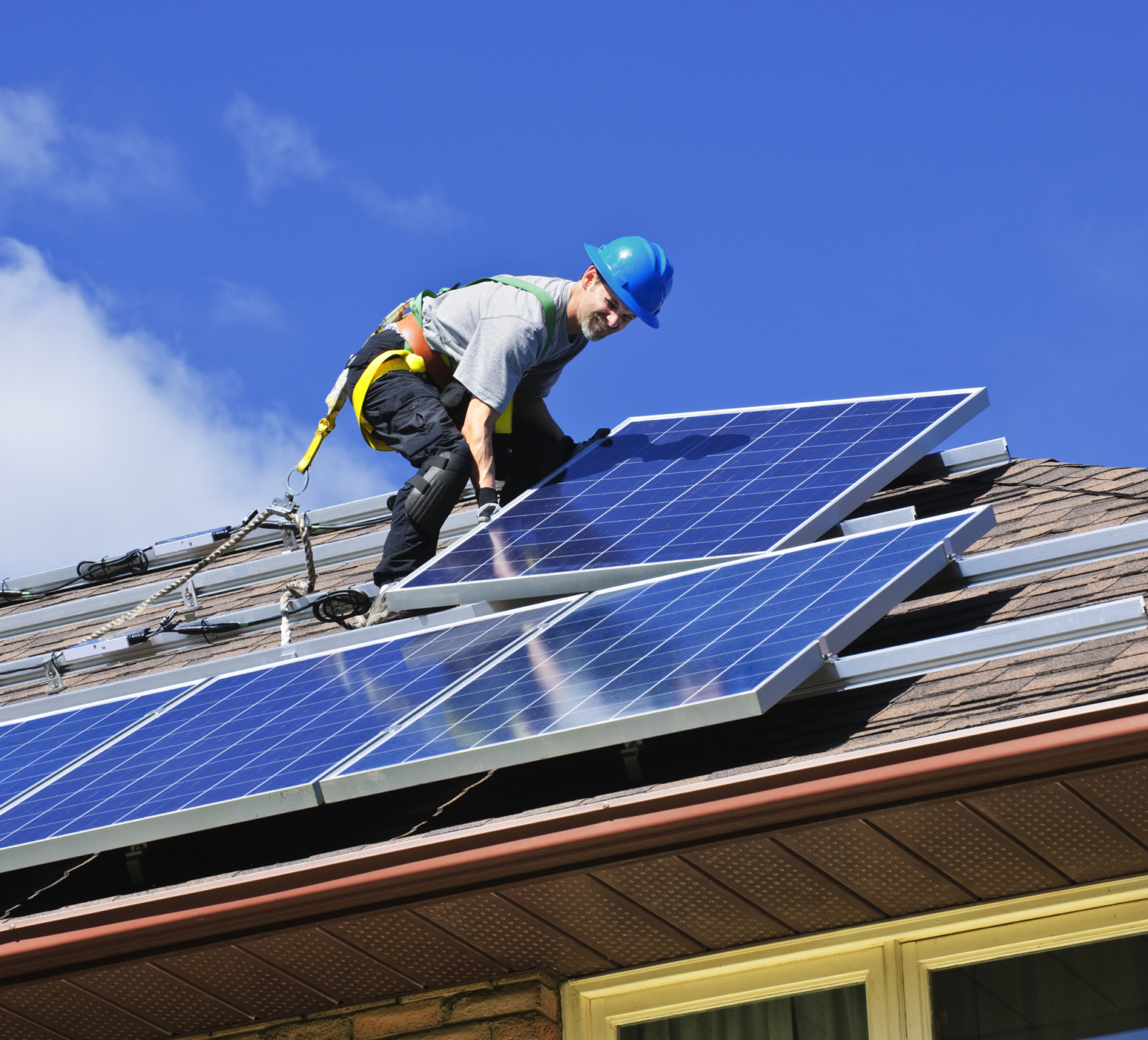Did you know the average American household generates over 7.5 tons of carbon dioxide emissions annually just from electricity use? As climate change accelerates, homeowners are increasingly seeking ways to reduce their environmental impact. Home solar systems have emerged as a groundbreaking solution that could dramatically slash residential carbon footprints while providing energy independence.
But exactly how effective are these systems at reducing greenhouse gas emissions? With residential energy consumption accounting for roughly 20% of the United States’ total carbon emissions, the transition to solar power represents a critical opportunity for meaningful climate action. Beyond environmental benefits, these systems offer compelling advantages in energy security and long-term cost savings.
In this comprehensive guide, we’ll explore how solar technology works to reduce emissions, examine the latest advances in solar panel efficiency, and provide a practical roadmap for maximizing your home’s carbon reduction potential through smart solar implementation.
FEATURED NEWS: How the West Valley evolved into hotbed for innovation and growth
INDUSTRY INSIGHTS: Want more news like this? Get our free newsletter here
The Carbon Cost of Traditional Home Energy
Traditional home energy consumption leaves a substantial carbon footprint that many homeowners underestimate. The average household’s electricity usage primarily comes from fossil fuel power plants, which release between 0.85 to 2 pounds of carbon dioxide per kilowatt-hour depending on the fuel source.
When you consider that a typical home uses 11,000 kWh annually, this translates to thousands of pounds of CO2 emissions. Gas-powered heating systems add another layer of environmental impact, producing approximately 117 pounds of CO2 per million BTUs of natural gas burned. Electric appliances drawing power from coal-heavy grids can generate up to three times more lifetime emissions compared to those powered by renewable sources.
Daily activities like running air conditioning during summer months can release up to 2,000 pounds of CO2 per season. These emissions are particularly concerning when compared to renewable alternatives – while a coal plant produces 2.2 pounds of CO2 per kWh, solar panels generate electricity with zero direct emissions and only minimal lifecycle carbon costs from manufacturing and installation.
How Solar Panels Decarbonize Your Home
Solar panels revolutionize home energy production by converting sunlight directly into electricity through the photovoltaic effect, completely eliminating combustion-based emissions at the point of generation. While manufacturing solar panels does create some carbon emissions, this environmental debt is typically repaid within 1-2 years of operation. Over a 25-year lifespan, each residential solar installation prevents approximately 100-150 tons of carbon dioxide emissions compared to grid electricity.
During peak summer hours, solar panels provide maximum output precisely when the grid relies most heavily on carbon-intensive peaker plants, creating an amplified environmental benefit. A typical 10kW home solar system can offset the equivalent of 15,000 pounds of coal burning annually. Through net metering programs, excess solar energy fed back into the grid displaces fossil fuel generation for entire neighborhoods, multiplying the carbon reduction impact beyond individual homes.
This community-wide effect becomes particularly significant in areas with high solar adoption rates, where distributed solar generation can reduce the need for new fossil fuel power plants. Real-world data from solar-equipped communities shows that neighborhoods with 20% solar adoption reduce overall grid emissions by up to 30% during daylight hours.
Maximizing Impact: Solar Technology Choices
Why Monocrystalline Solar Cells Dominate Efficiency
Monocrystalline solar cells lead the market in efficiency by converting up to 22% of sunlight into electricity, significantly outperforming other technologies. Their single-crystal silicon structure enables superior electron flow, capturing more energy even in low-light conditions.
These panels require 30% less roof space to generate the same power output as polycrystalline alternatives, maximizing carbon reduction potential in limited installation areas. Their lower temperature coefficient of -0.3% per degree Celsius means they maintain higher efficiency during hot weather, ensuring consistent emission reductions year-round.
Over a 25-year lifespan, monocrystalline panels typically degrade only 0.3% annually compared to 0.5% for polycrystalline, resulting in substantially higher lifetime carbon offset.
Battery Storage for Round-the-Clock Emission Cuts
Integrating battery storage transforms solar installations into 24-hour clean energy systems. Modern lithium-ion batteries, like those from EcoFlow, can store excess daytime solar production, eliminating reliance on carbon-intensive grid power during evening hours. For optimal emission reduction, size battery capacity to cover 1.5 times your average nighttime usage, typically 10-15kWh for most homes.
Smart charging algorithms maximize carbon savings by prioritizing battery charging during peak solar generation hours and reserving stored energy for high-demand periods when the grid is most carbon-intensive.
Solar Panel Installation: Your Emission-Reduction Roadmap
Maximizing your solar system’s carbon reduction potential starts with precise site assessment. South-facing roof sections between 30-45 degrees offer optimal sun exposure, while eastern and western orientations can still deliver 80% efficiency.
Professional shade analysis using Solar Pathfinder tools identifies tree coverage and structural obstacles that could impact performance. The permitting process typically requires structural engineering reports and electrical diagrams, with most jurisdictions completing reviews within 2-4 weeks.
Modern rail-less mounting systems reduce installation materials by 30% while maintaining superior wind resistance, and microinverter configurations optimize panel-level production even under partial shade conditions. Critical interconnection requirements include installing a proper disconnect switch and upgrading service panels when necessary.
During commissioning, certified installers verify proper grounding, conduct insulation resistance tests, and confirm voltage optimization across all strings. Post-installation monitoring setup involves connecting the system to a secure WiFi network, configuring power production alerts, and establishing baseline performance metrics.
Most importantly, final inspections must verify compliance with rapid shutdown requirements and confirm proper labeling of all system components for emergency responders.
Intelligent Energy Management Strategies
Smart energy management transforms solar systems from simple power generators into sophisticated carbon-reduction tools. By implementing load shifting strategies, homeowners can align major energy consumption with peak solar production hours – running dishwashers, laundry, and pool pumps between 10 AM and 2 PM maximizes direct solar power usage.
Modern smart home systems enable automated appliance scheduling through features like delayed start modes and power consumption thresholds. Weather-responsive controls automatically adjust system behavior based on forecasted conditions, increasing self-consumption on sunny days and preserving battery storage before cloudy periods. Real-time consumption monitoring through mobile apps provides instant feedback on energy patterns, helping identify and eliminate phantom loads that waste power.
Regular maintenance protocols ensure sustained efficiency – quarterly panel cleaning can prevent up to 5% performance loss, while annual inverter checkups maintain optimal power conversion rates. Advanced monitoring systems track individual panel performance, detecting issues before they impact generation capacity. By combining these intelligent management strategies, homeowners typically achieve 20-30% higher carbon reductions compared to basic solar installations without smart controls.
Calculating Your Carbon Savings Potential
Understanding your potential carbon savings from solar begins with accurate emissions calculations. To convert your electricity usage to CO2 impact, multiply your monthly kilowatt-hours by your region’s emission factor – ranging from 0.93 pounds CO2/kWh in coal-heavy regions to 0.28 pounds in areas with more renewable generation.
Solar production calculators use local irradiance data and roof characteristics to estimate annual generation, typically 1,300-1,600 kWh per installed kilowatt in most U.S. locations. Advanced modeling tools factor in shading patterns, temperature effects, and seasonal variations to provide month-by-month carbon offset projections.
The ecological payback period – when total emissions prevented exceed the system’s manufacturing footprint – averages 12-18 months in sunny regions. Third-party verification through organizations like Green-e and Gold Standard validates carbon reduction claims using standardized methodologies.
These certifications track metrics like avoided grid emissions, upstream methane reductions, and lifecycle environmental benefits. Real-time monitoring platforms can now quantify instantaneous carbon displacement by comparing solar generation against local grid emission intensities, providing concrete evidence of environmental impact.
Empowering Sustainable Living Through Solar Technology
The evidence is clear: home solar systems represent one of the most effective ways for households to dramatically reduce their carbon footprint. By replacing fossil fuel-generated electricity with clean solar power, a single home installation can prevent over 100 tons of CO2 emissions during its lifetime.
The synergy between advanced solar technology, professional installation practices, and intelligent energy management creates a powerful framework for sustainable living. Modern monocrystalline panels paired with smart battery storage systems now enable true 24/7 clean energy independence.
The environmental return on investment begins within months, and the carbon savings compound year after year. As our climate crisis intensifies, taking control of your home’s energy footprint has never been more crucial.
The first step is scheduling a professional home energy assessment to understand your specific carbon reduction potential. By embracing solar technology today, you’re not just investing in your home’s future – you’re taking meaningful action to protect our planet for generations to come.




